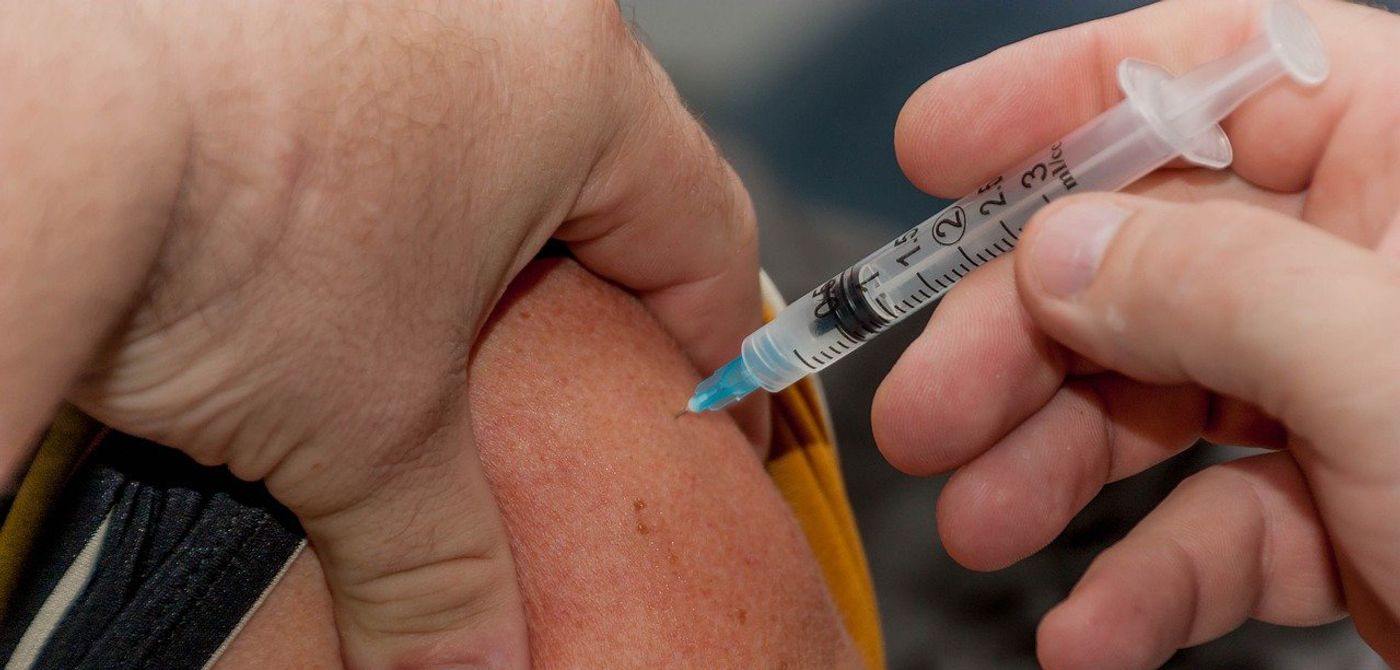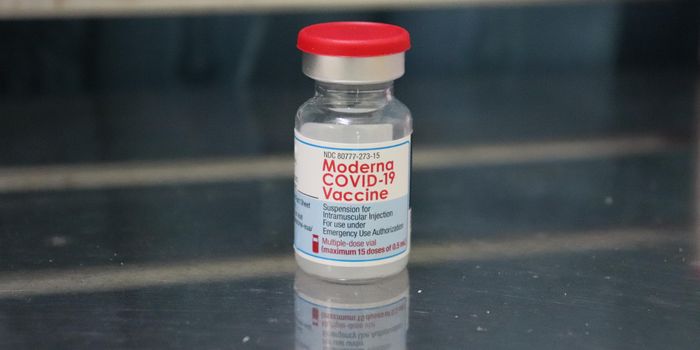Measles Cases and Deaths Surge Worldwide
Today, the World Health Organization (WHO) and the U.S. Centers for Disease Control and Prevention (CDC) released a statement about surging measles cases worldwide. According to the statement, 2019 had the highest number of reported measles cases in 23 years. The joint publication from the two organizations says that in 2019 there were 869,770 cases, and measles deaths rose by 50% since 2016. The publication calls this resurgence “a significant step backward in progress toward global measles elimination.”
In the news release Dr. Tedros Adhanom Ghebreyesus, the WHO Director-General, stated, “We know how to prevent measles outbreaks and deaths. These data send a clear message that we are failing to protect children from measles in every region of the world.”
According to the report, the reported number of measles cases worldwide decreased during 2000 to 2016. Since 2016, all regions have experienced increases from 2017 to 2019. The report states that by 2019, measles case incidence rose to 120 cases per 1 million population.
The report cites outbreaks in DRC, Madagascar, Samoa, Ukraine, and Brazil. This video from PBS NewsHour, released in February of this year, highlights outbreaks in the DRC and Samoa.
According to the New York Times, although no measles deaths were reported in the United States, there was a record annual high of 1,282 cases in 31 states. The Times also states that 25 measles cases in the U.S. in 2019 originated from international travelers.
The report states that the failure of vaccinating children on time with two doses of the measles vaccine is the primary driver of case increases and deaths. According to the report, vaccination coverage much reach 95% at the national and subnational level. However, coverage MCV1—the first vaccine dose--has been stagnant for more than ten years at 84-85%. The second dose, MCV2, is only at 71%, according to the report.
Additionally, the global COVID-19 pandemic has led to challenges distributing vaccines, and according to the report, fewer children have been vaccinated, and there has been lower surveillance of the vaccination programs. The report states that as of this month, more than 94 million people in 26 countries are at risk due to missed vaccines because of “paused” measles programming.
Sources: WHO, Progress Toward Regional Measles Elimination, NYT









